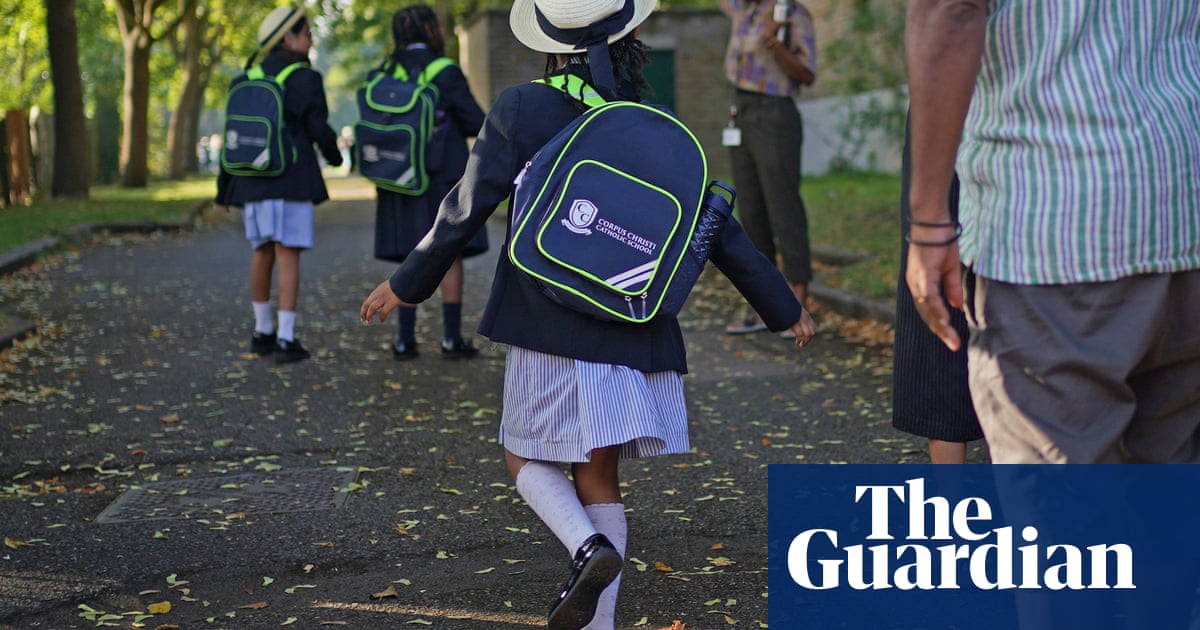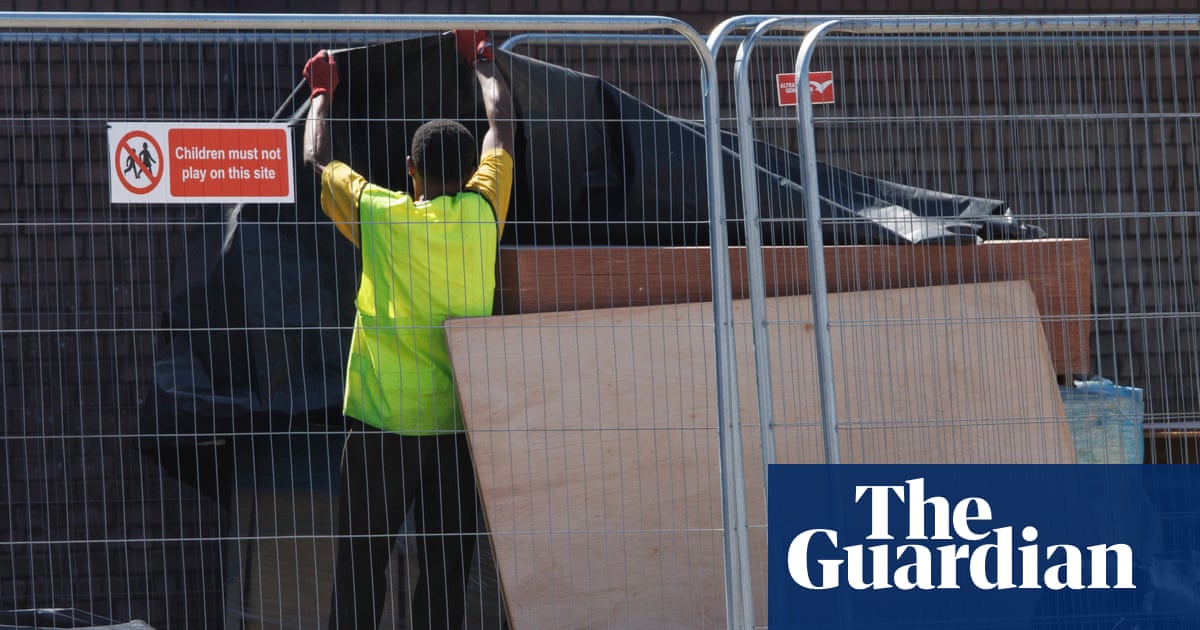
More than half of English schools that are so dilapidated they are at risk of partial closure were refused money under the government’s school rebuilding scheme, Department for Education (DfE) statistics show.
Amid mounting concerns about a wider apparent neglect of the schools estate in recent years, beyond the immediate alarm about crumbling concrete panels, it emerged that of 500 rebuilt schools planned for England over 10 years from 2020, just four were completed in 2021.
In another development, the Guardian has learned that the Treasury vetoed a push by the Department for Education (DfE) to use a £1bn underspend to rebuild hundreds of schools during Liz Truss’s government.
The apparent disinclination of Treasury ministers to invest in new school buildings carries significant political risk for Sunak, after it emerged that a DfE plan to rebuild as many as 400 schools a year was slashed to 50 when he was chancellor.
The schools rebuilding programme is not directly linked to the current turmoil over schools forced to close classrooms or buildings because of increased concerns about crumbling reinforced autoclaved aerated concrete (Raac), although some of the work will be to replace Raac-constructed blocks.
Under the most recent full data published by the DfE, of 1,105 schools that applied to be rebuilt, 300 had been selected and 797 refused, with eight dropping out.
Of those turned down, 356 applied under a DfE-set metric called “exceptional case”, which means the school leaders believe the condition of their blocks is “so severe as to risk imminent closure, or a block is already closed”.
Schools can also apply as an exceptional case because the issues needing remedy can be solved only through a complete rebuild, or the school has not had a structural survey under a DfE programme to assess the state of the buildings.
In total, 267 exceptional cases were among those given funding, meaning the success rate for the category was only 43%.
Sunak and Gillian Keegan, the education secretary, have come under pressure about the rate of school rebuilds after a spate of sudden failures in Raac, the lightweight concrete intended to be used for only 30 years, meant some students were forced to begin the term from home or in temporary classrooms and cabins.
The decision to rebuild at a rate of 50 a year was made when Sunak was chancellor, and came despite a DfE submission for funding to the Treasury asking for between 300 and 400 a year to be approved due to “a critical risk to life” from Raac and other issues.
Separately, the Guardian was told that when Kit Malthouse was education secretary in Truss’s short-lived government he tried to reallocate a £1bn underspend in the DfE’s capital budget for school rebuilding and repairs, believing it could cover about 700 schools.
Some of these were affected by Raac, but others had other reasons for needing urgent refurbishment.
According to government sources, despite discussions between the DfE and Treasury over the following few weeks, the idea was not taken forward.
After Truss quit and Sunak replaced Malthouse with Keegan, it was decided that about £500m worth of capital underspend would be used instead to fund energy efficiency improvements to schools.
Keegan has become a particular focus for criticism over the current crisis, particularly after her complaint on Monday that “everyone else has sat on their arse” while she tried to fix the problem. On Tuesday, she risked angering schools by telling those responsible for returning questionnaires about possible Raac to “get off their backsides”.
Anger at Keegan is growing among some senior Tories. One called her “politically stupid” for not “pitch-rolling” MPs before the announcement some schools would have to close fully or partially. They added: “Keegan has been over-promoted and is emblematic of this government’s approach, which is to blame people for not understanding why they’re right.”
Downing Street has defended the pace of school rebuilds, saying 50 a year was around the average for the previous decade, and that other work was being carried out beyond the school rebuilding programme.
Sunak’s official spokesperson said it was incorrect to say that only four schools were rebuilt in 2021, and that when various schemes were considered, 72 were completed that year.
“The numbers do vary, but they obviously cover a number of schemes, just because of the way they have been introduced,” he said.
On the high proportion of “exceptional case” schools refused funding, a DfE spokesperson said the criteria for decisions was established after consultation with councils and others, and that so far 400 of the planned 500 schools had been selected.
They added: “Where there is a significant issue with a building that cannot be managed within local resources, we provide additional support on a case-by-case basis.”
A Department for Education spokesperson said after consultations, all those schools that applied for funding with “exceptional need” verified against the criteria were included.
“That means the schools with buildings in the worst condition are already being addressed,” they said. The spokesperson added: “The department has taken action to select 400 schools with the greatest need, with 100 more yet to be confirmed. Where there is a significant issue with a building that cannot be managed within local resources, we provide additional support on a case-by-case basis.”











